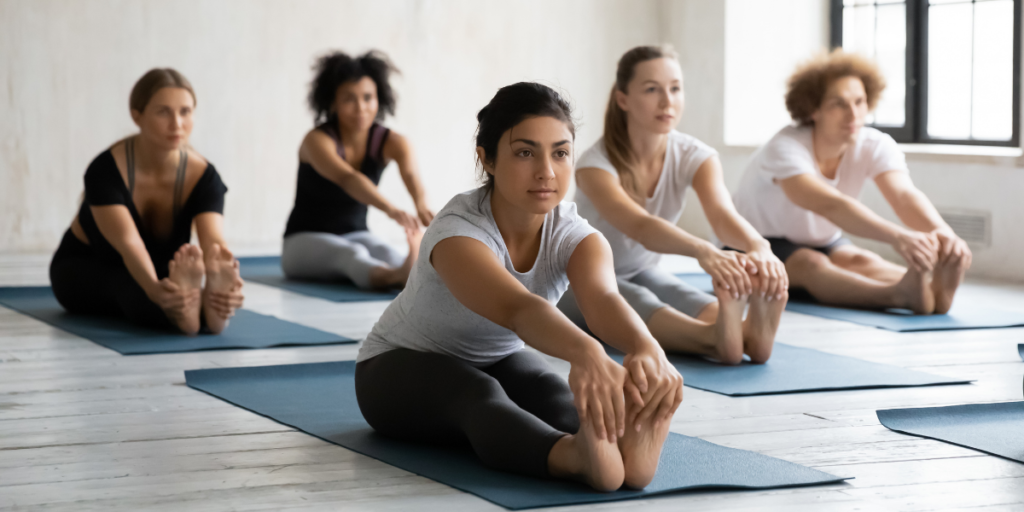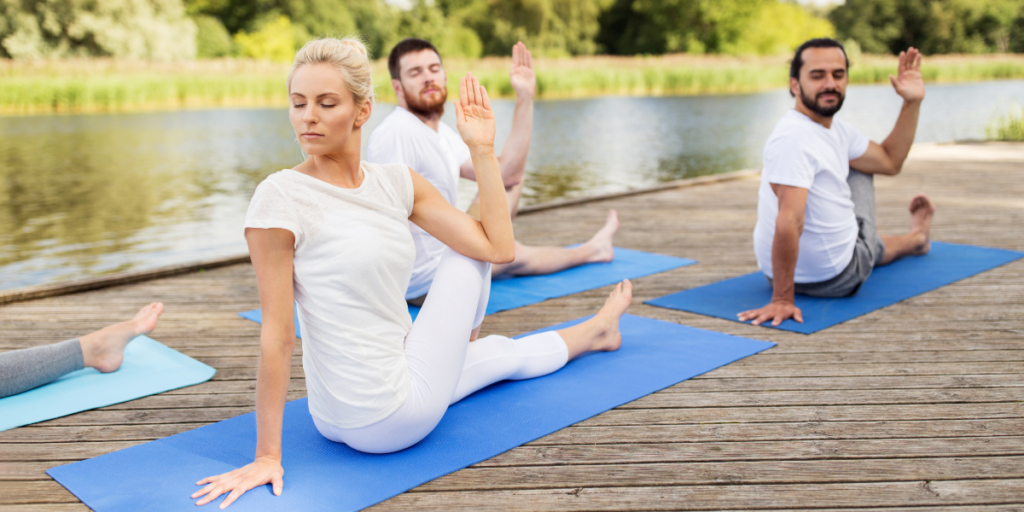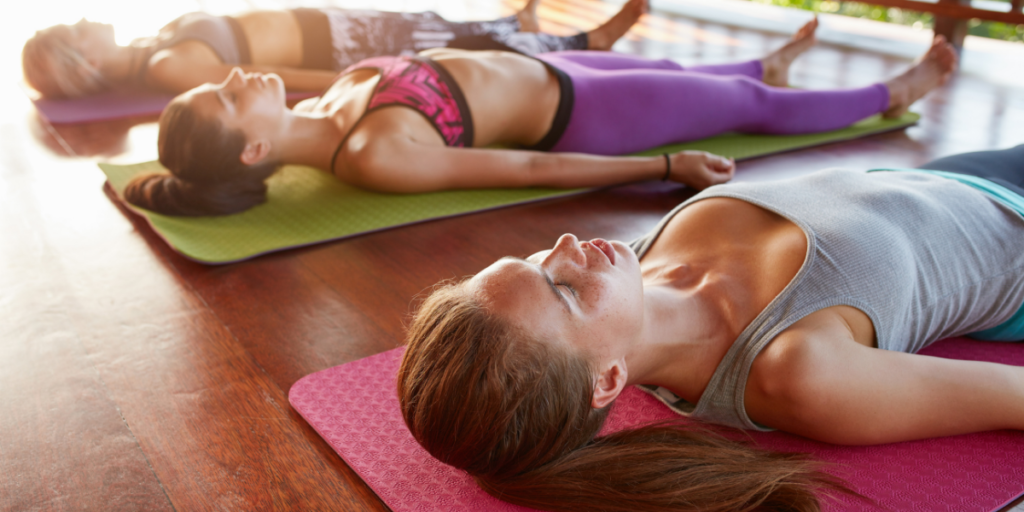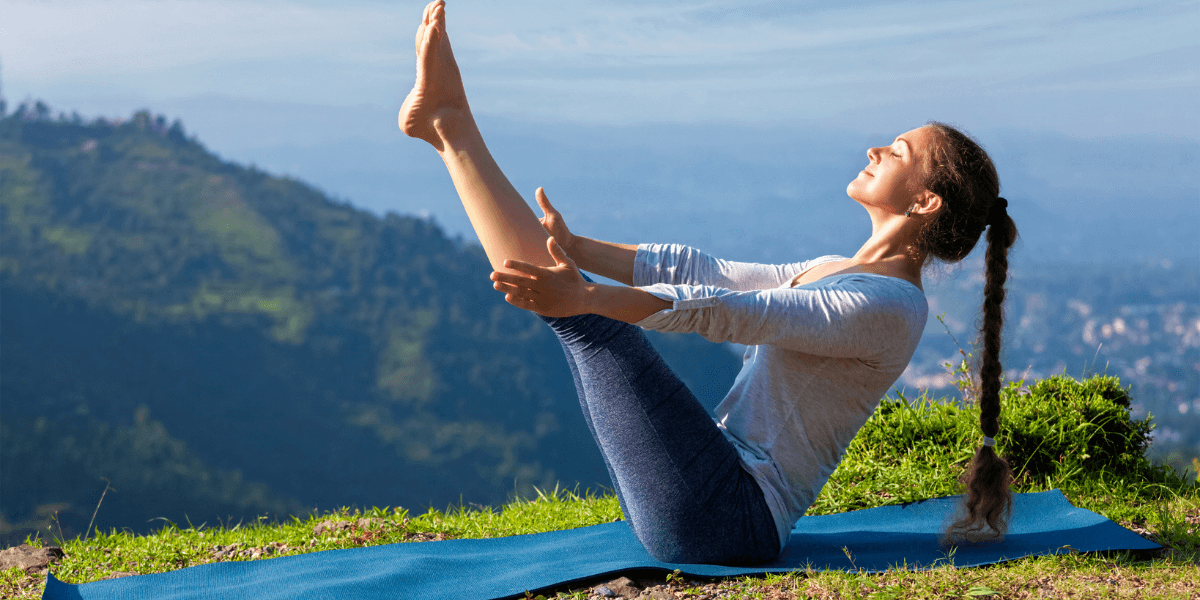There’s a lot of information out there about the advantages of mindfulness and yoga, but what happens when you mix the two?
Continue reading to discover about the advantages of mindful yoga, as well as particular mindful yoga postures and mindful yoga retreats that may help you build greater awareness, mindfulness, and a higher quality of life
What Is Mindful Yoga?
The beauty of mindfulness training is that it is applicable to all yoga styles: once you master the principles, you can use them in every class you attend. Based on their individual training, interests, and backgrounds, today’s yoga instructors have constructed a web of mindful yoga.
Finding something to utilize as an anchor; something to focus on when the mind wanders is the best method to begin being attentive. An anchor can be anything from sound to physical feelings to breath.

Increase Your Mindfulness
A key component of any serious yogi’s physical practice has always been mindfulness. Today’s “mindful yoga” instructors, on the other hand, claim that Buddhism’s comprehensive mindfulness road map has benefitted them even more. The integration has happened naturally: as their interest in and comprehension of Buddhism grew, they discovered that advanced mindfulness techniques might complement their Hatha practice.
Adding conscious awareness to any physical activity generates a sharp concentration on whatever you’re doing at the time, thus turning the movement into a type of meditation. As a result, mindful yoga is seen as a type of meditation, and it is frequently performed prior to a formal meditation session.
An Exercise in Mindfulness
1. Mountain Pose (Tadasana)
Your arms ought to be at your sides after you stand. Place your entire weight equally across each foot and directly ahead of your heels by pressing the outer edges of your feet into the bottom.

2. Warrior Pose II (Virabhadrasana II)
With your arms straight to the floor, reach out to the sides and step your feet aside so that they are immediately beneath your fingertips. Turn your left foot 15° in and your right foot 90° out.

3. Downward-Facing Dog Pose (Adho Mukha Svanasana)
Tuck your toes below, raise your hips and straighten your legs to urge into Downward Facing Dog. Bring your heels to the ground one at a time to experiment with the position. Synchronize up together with your breath and listen to if your mind wanders once you are doing a similar issue over and over.

4. Seated Forward Bend (Paschimottanasana)
Sit in an exceedingly snug position together with your legs straight in front of you. Grasp the bottom with the backs of your thighs, calves, and heels. Reach for your head together with your heels and toes flexed. Carry your chest and press your hands onto the bottom beside your hips.

5. Lord of the Fishes Pose (Ardha Matsyendrasana)
Cross your legs and slide your left foot beneath your right thigh, delivering your left heel to rest on the skin of your right hip. Cross your right foot across your left thigh, guaranteeing that your right foot’s sole is firmly planted on the bottom.

6. Corpse Pose (Savasana)
Savasana is one of the four primary meditation postures taught by the Buddha; utilize it to start and finish your exercise. Lie on your back together with your feet twelve to eighteen inches apart and your arms at your sides, palms up, a couple of inches except for your body. permit gravitation to require the full entire load of the body.




